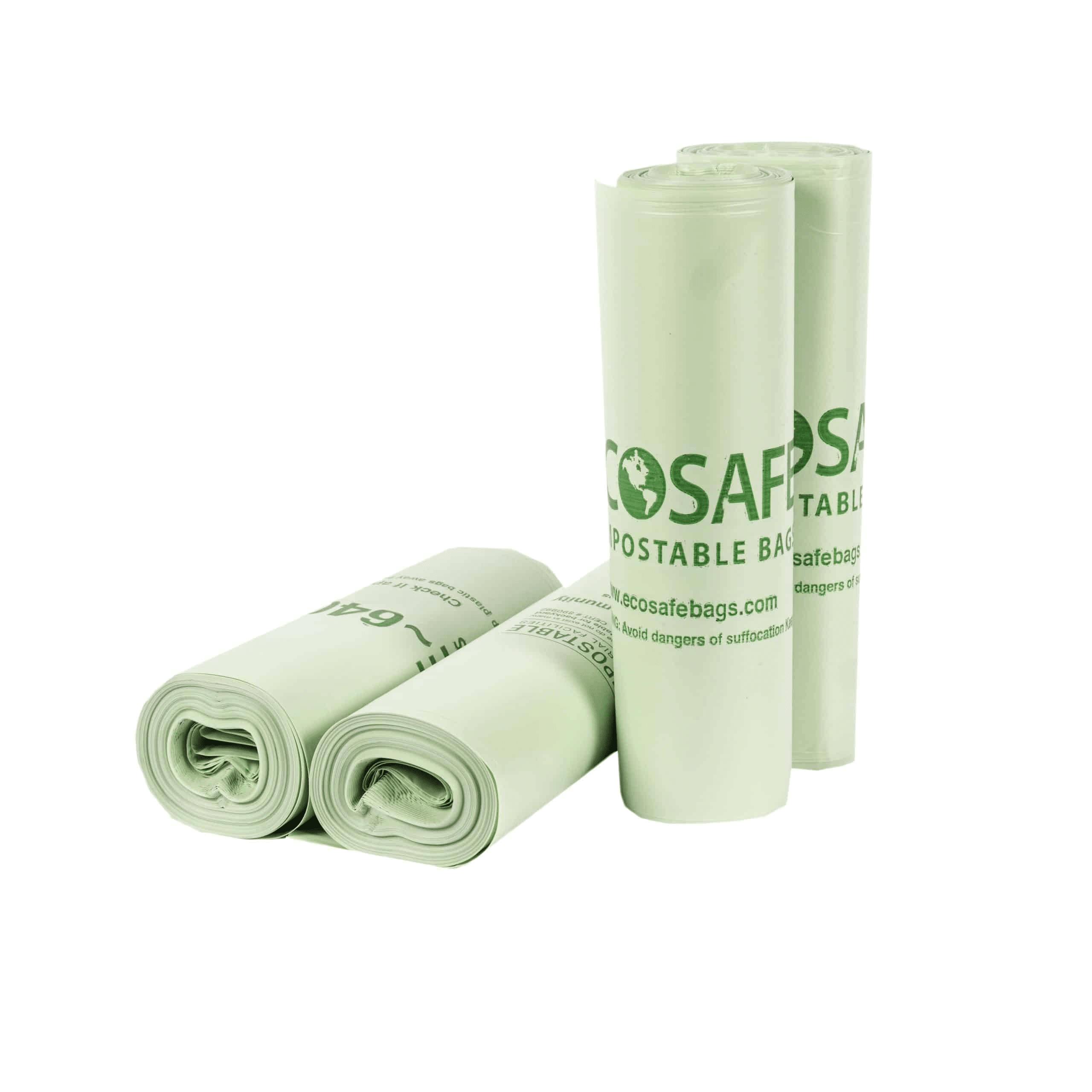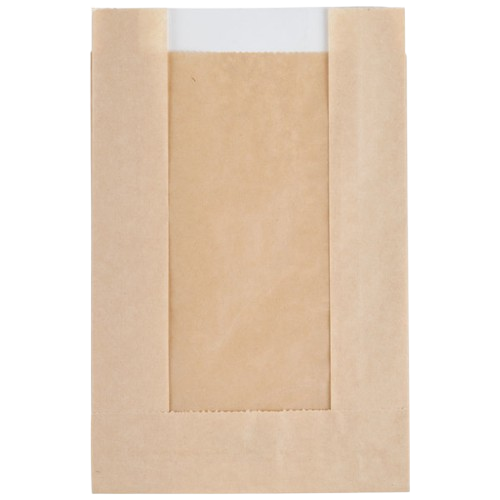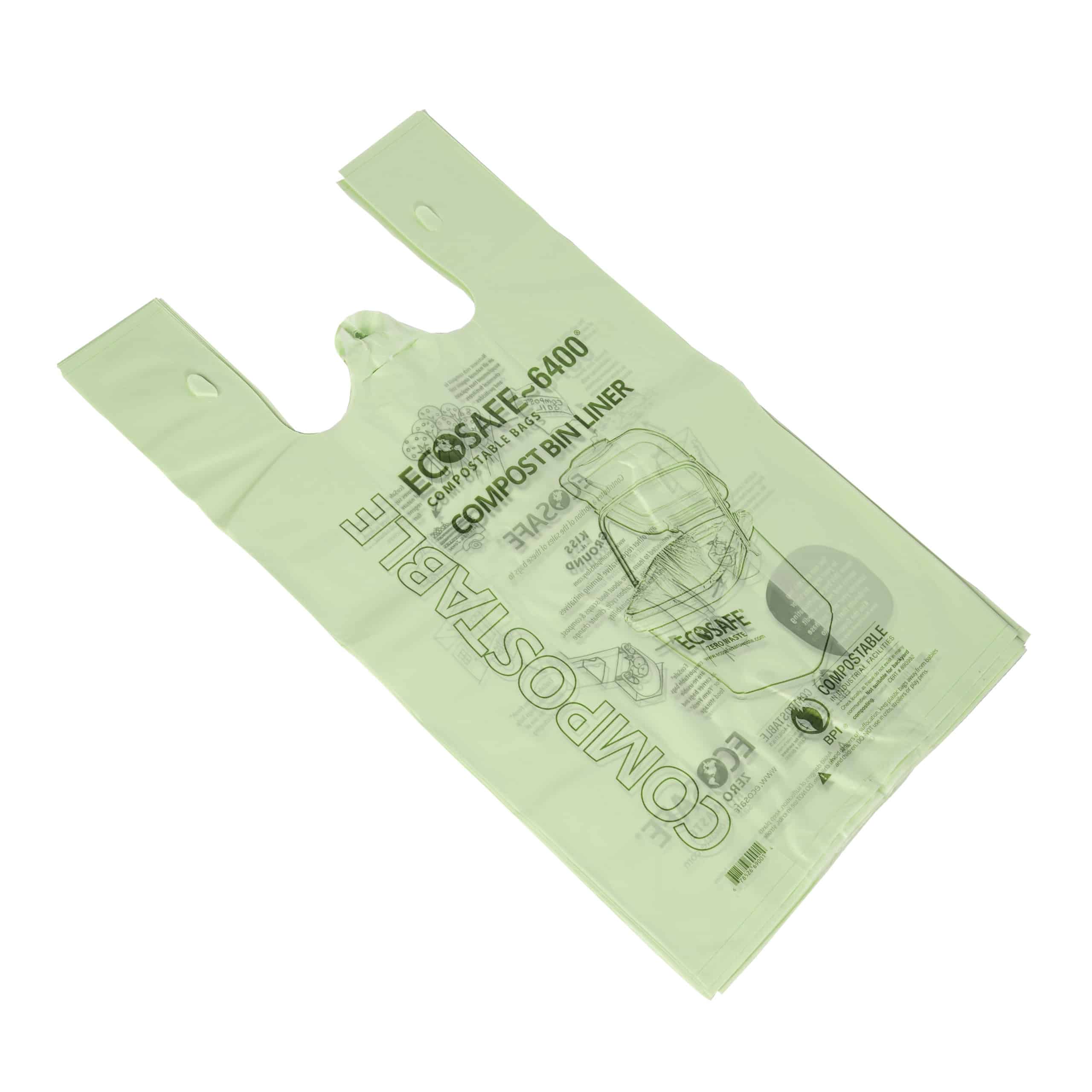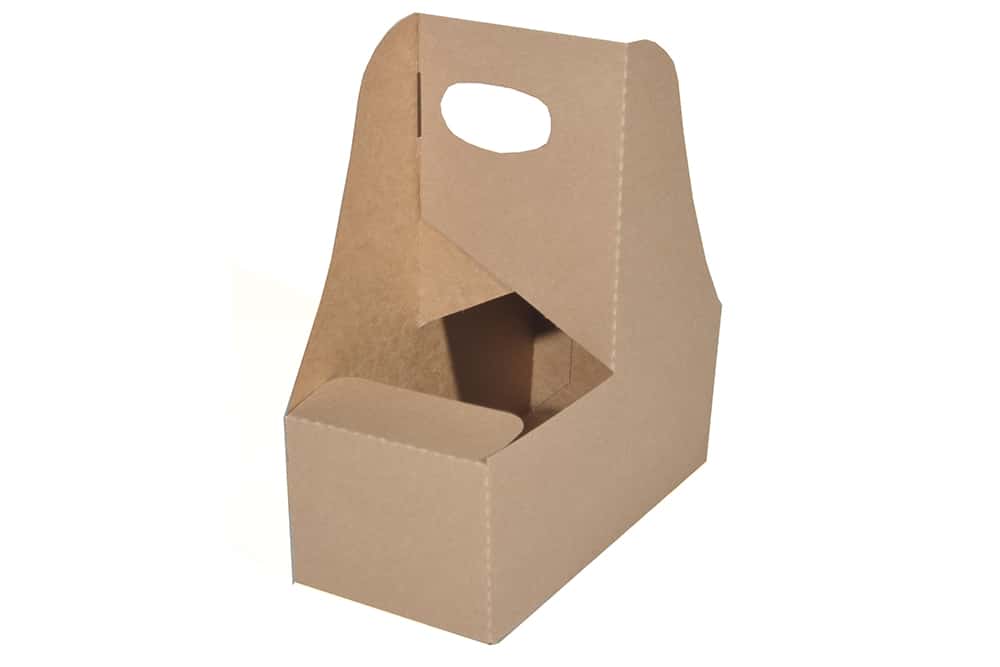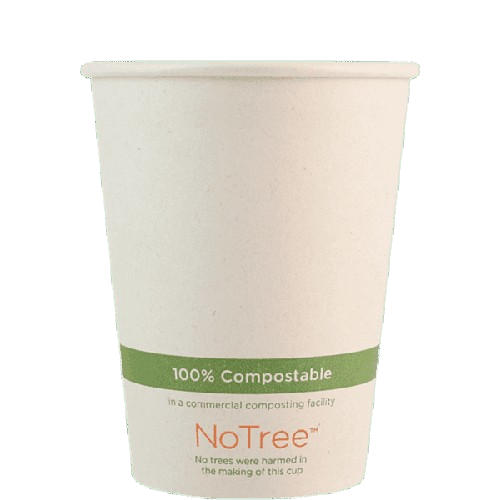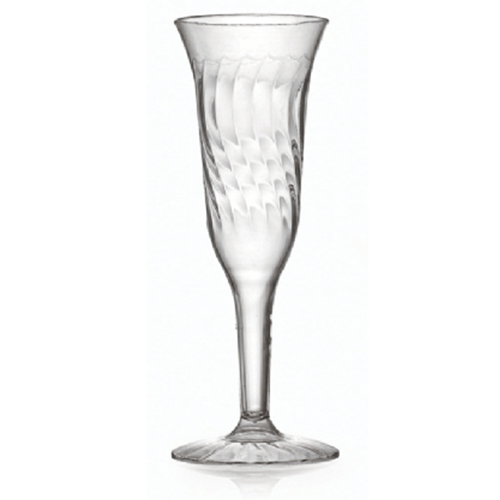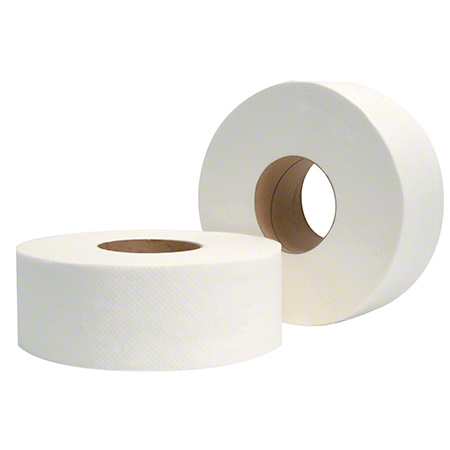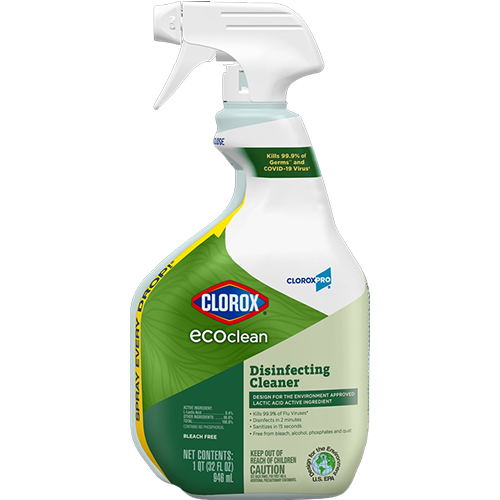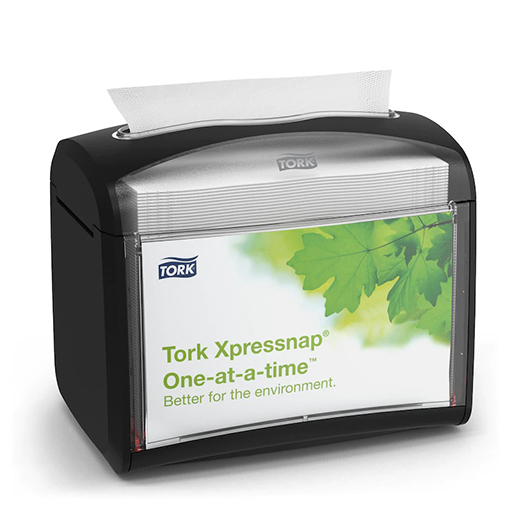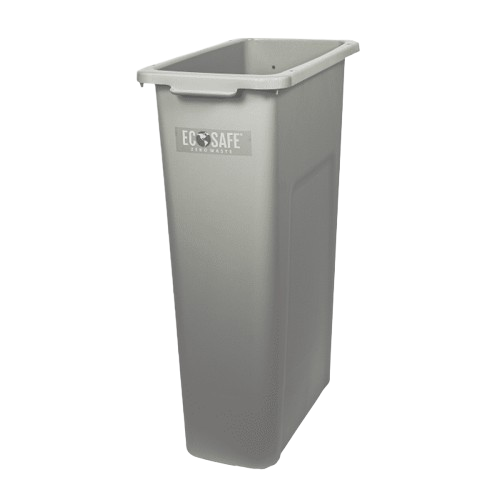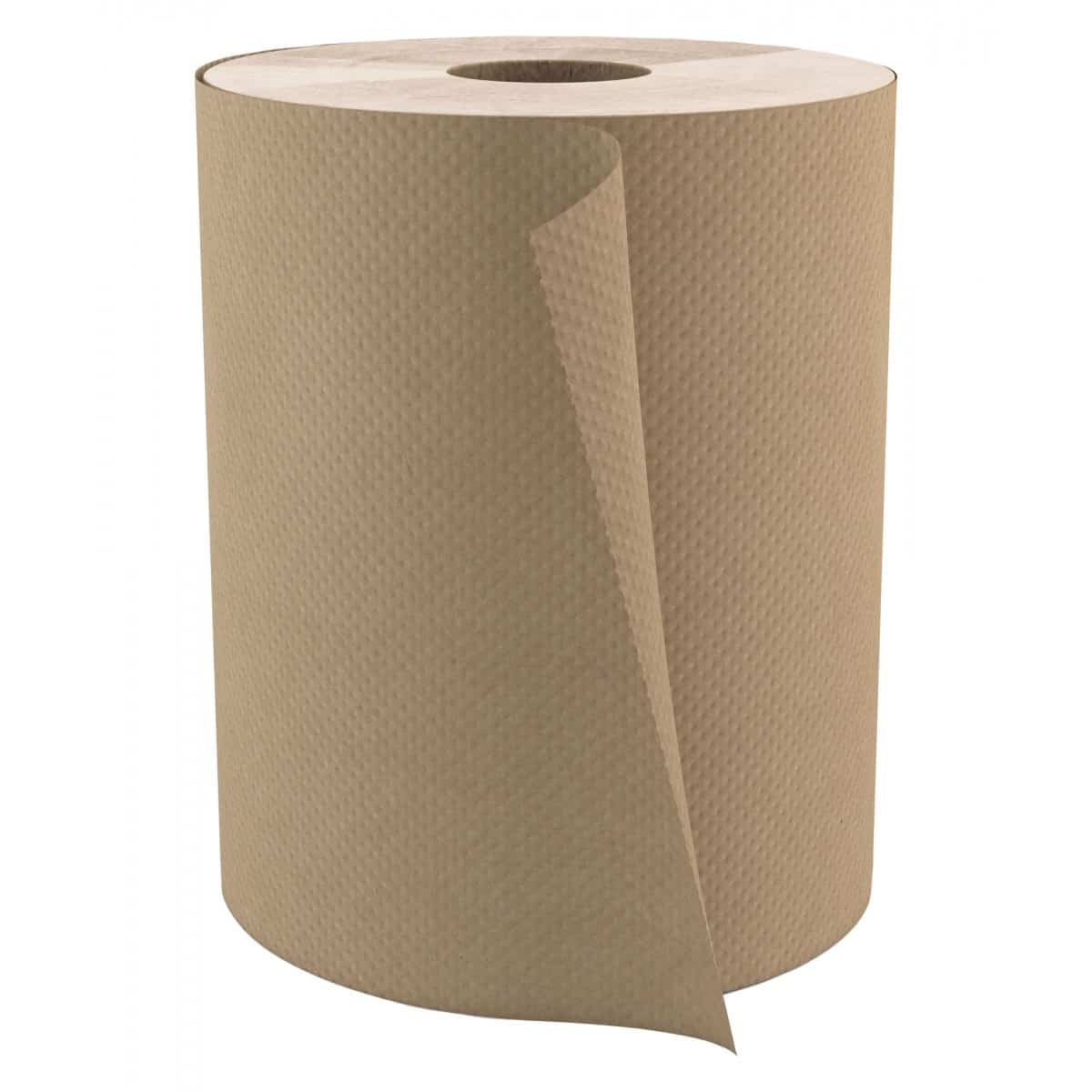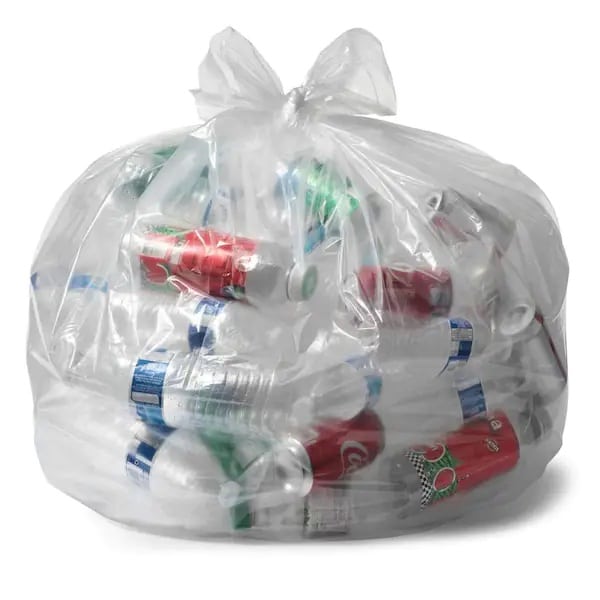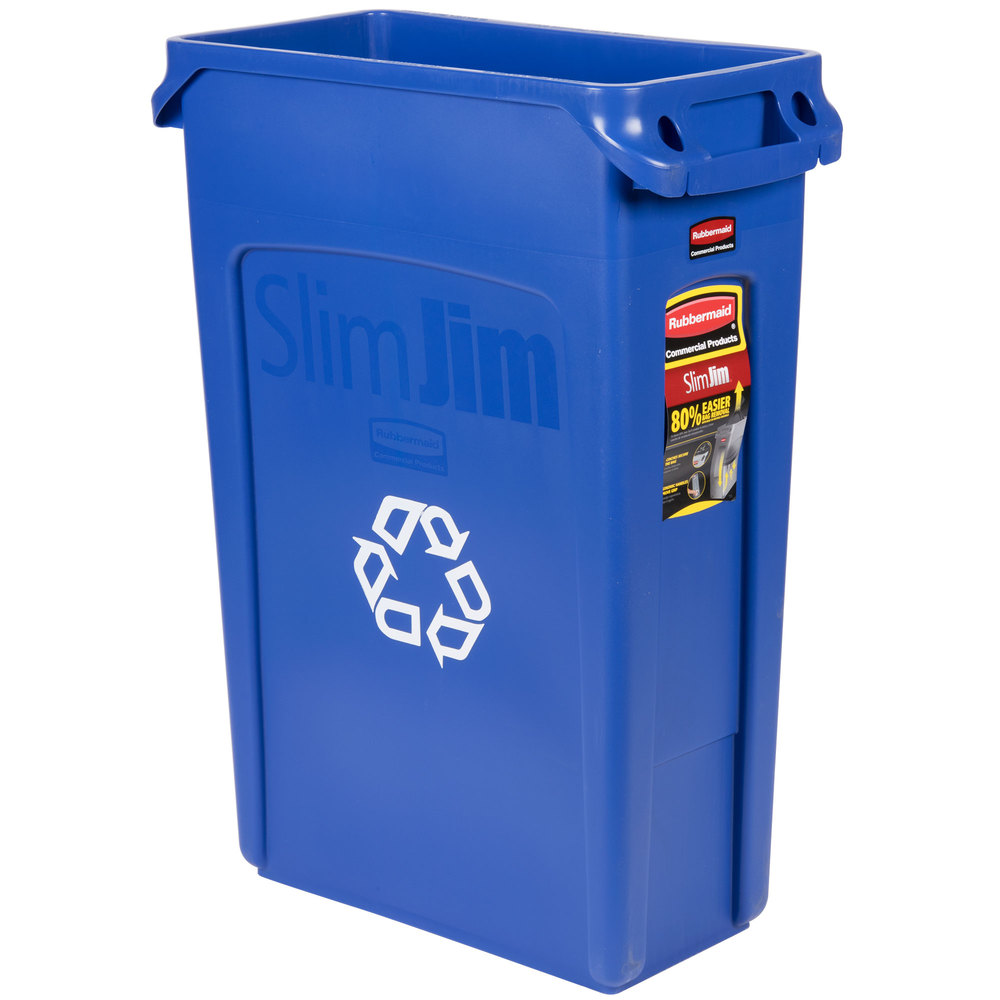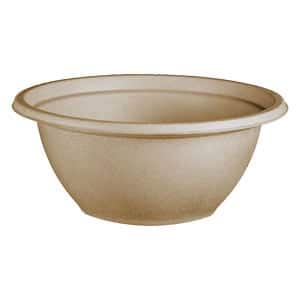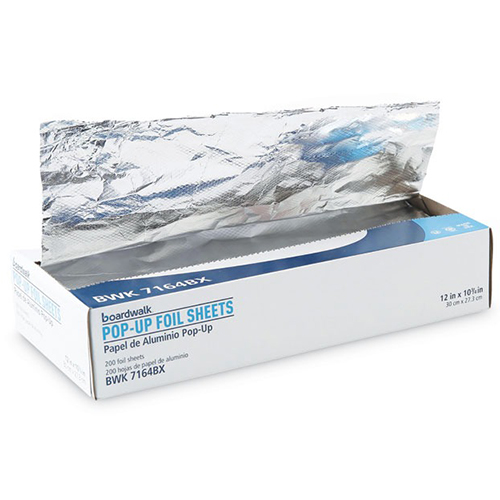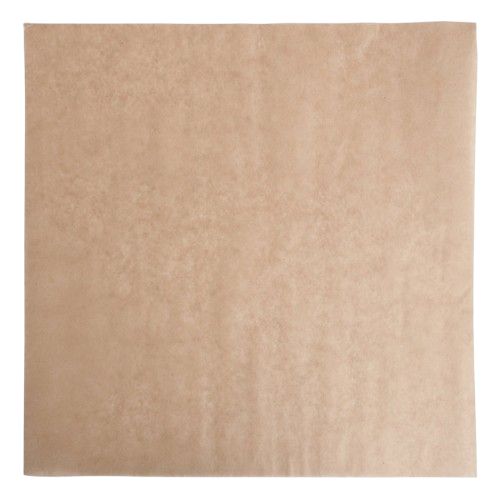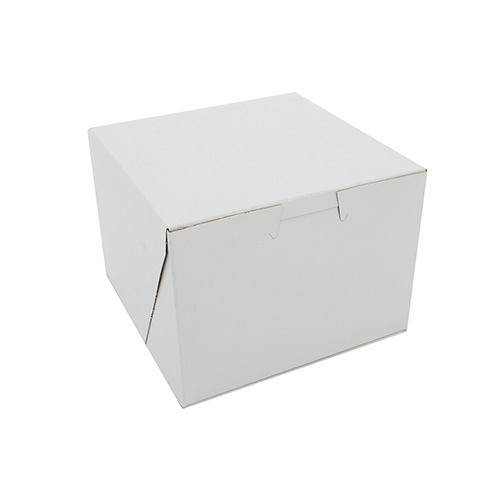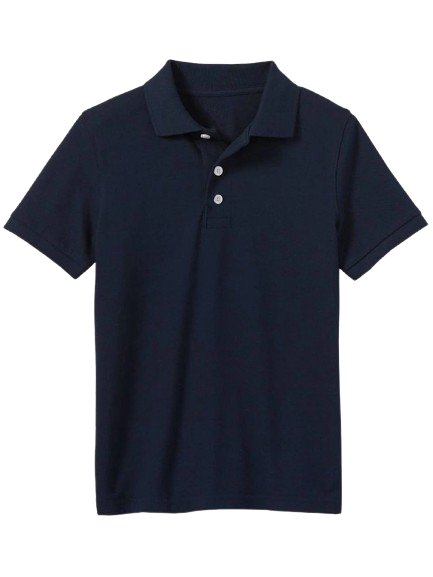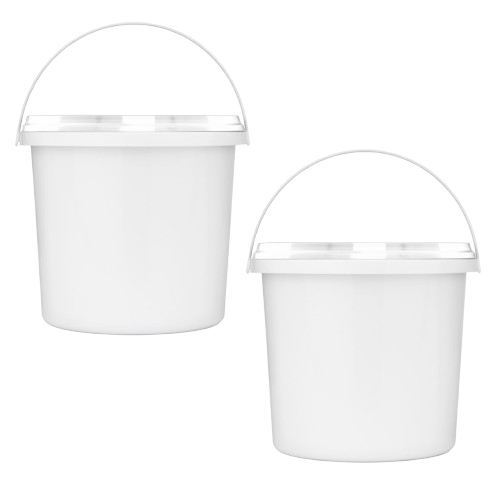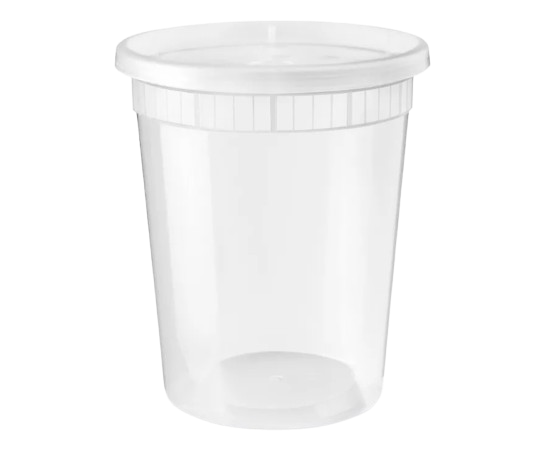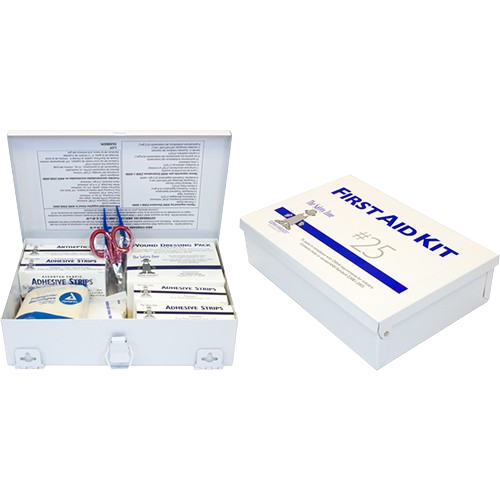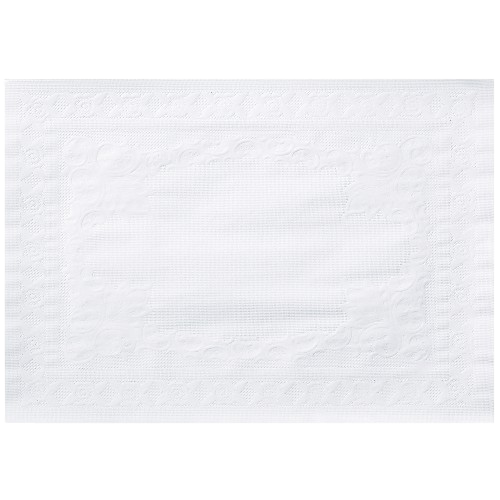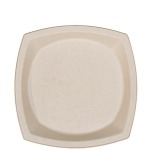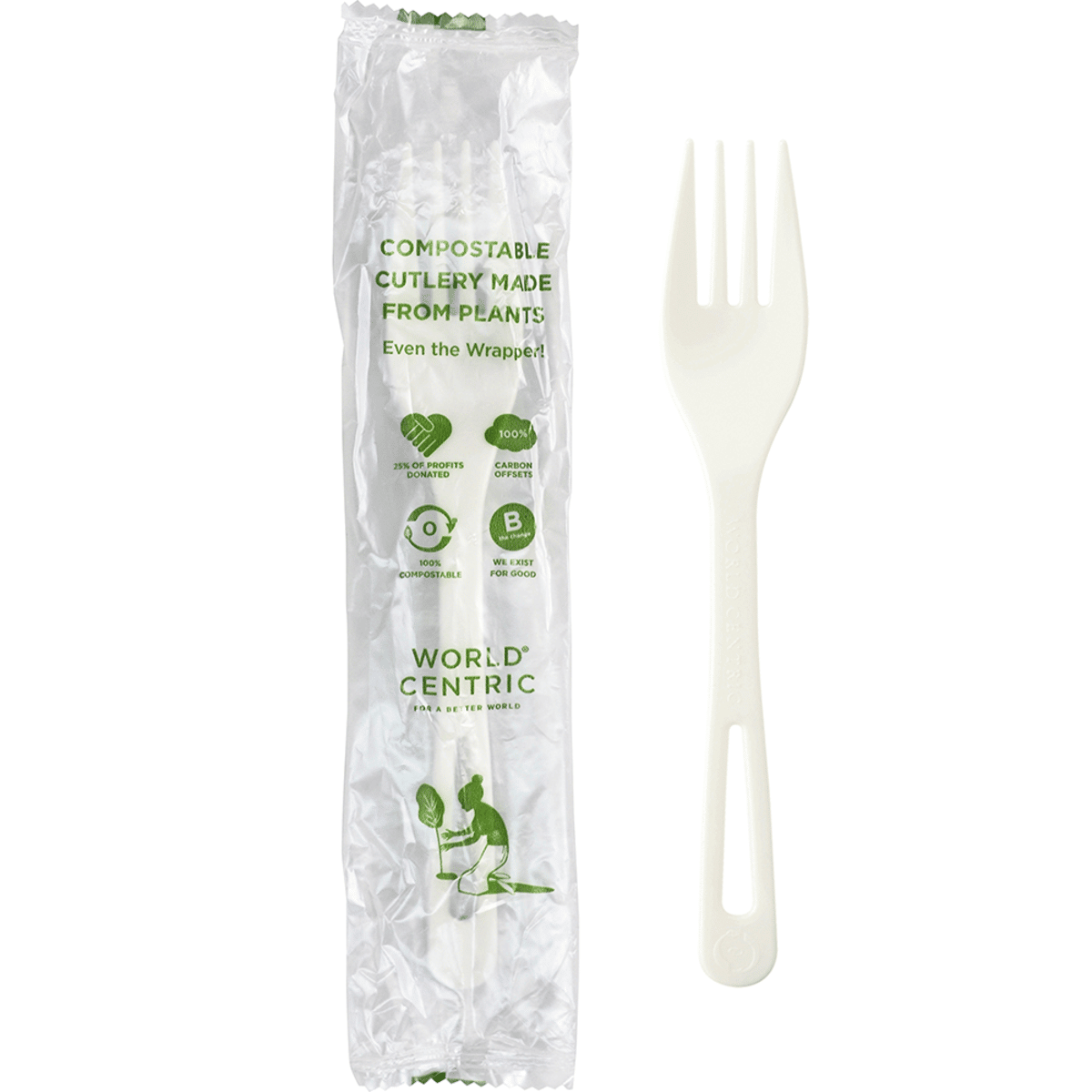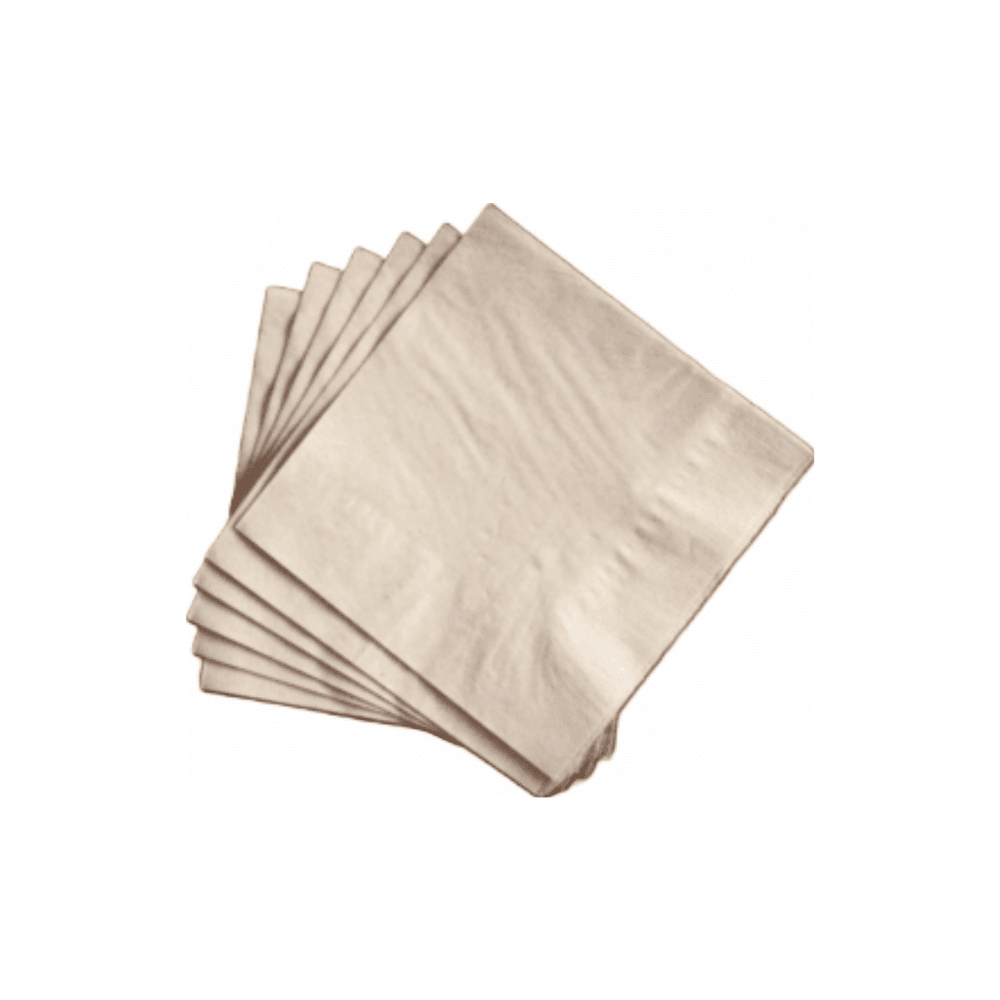Material Summary – PP (Polypropylene)

The Comprehensive Guide to Polypropylene Packaging
Polypropylene (often abbreviated as PP) has emerged as one of the most versatile and widely used plastics across the global packaging industry. Its properties—spanning durability, flexibility, and chemical resistance—make it a prime candidate for everything from food containers to household goods and industrial applications. In particular, polypropylene has gained a foothold in food packaging, where it ensures products remain fresh, safe, and visually appealing on store shelves. But there is far more to polypropylene than meets the eye. This comprehensive guide delves into the many facets of polypropylene packaging, from its history and production to its environmental footprint and evolving future. Whether you’re a manufacturer exploring sustainable packaging materials, a business owner seeking a reliable solution for your products, or a curious consumer who wants to understand the materials that protect your food, this blog post will cover every angle of polypropylene packaging in great detail.
Table of Contents
- What is Polypropylene?
- A Brief History of Polypropylene
- How is Polypropylene Manufactured?
- Key Properties and Characteristics
- Applications of Polypropylene in Packaging
- Why Use Polypropylene for Food Packaging?
- Is Polypropylene Eco-Friendly?
- Is Polypropylene Safe for Food-Use?
- Comparing Polypropylene to Other Plastics
- Design and Customization in Polypropylene Packaging
- Recycling and Disposal
- Innovations and the Future of Polypropylene Packaging
- Best Practices for Choosing and Using PP Packaging
- Conclusion
1. What is Polypropylene?
Polypropylene is a thermoplastic polymer that belongs to the polyolefin family. The term “thermoplastic” indicates that this material becomes pliable or moldable when heated above a specific temperature and solidifies upon cooling. Polypropylene shares many similarities with polyethylene (PE), another common plastic, but also brings unique attributes to the table—such as a higher melting point and greater tensile strength—which makes it suitable for a wide variety of applications.
In the context of packaging, polypropylene is frequently chosen for its ability to be formed into clear or translucent containers. This allows consumers to see the product inside, making polypropylene packaging a compelling option for food manufacturers looking to showcase the quality or freshness of their goods. Beyond visibility, PP’s inherent durability and flexibility help protect the contents from external stressors, maintaining the integrity and safety of the packaged items.
Originally used in various industrial applications, polypropylene quickly found its niche within the consumer market, including food packaging, thanks to its balance of properties: high heat resistance, durability, relatively low cost, and lightweight nature. Over the decades, PP’s popularity has grown steadily, making it one of the most common plastics in the world.
2. A Brief History of Polypropylene
While the synthetic polymer revolution began in the early 20th century, polypropylene wasn’t discovered until the mid-1950s. In 1954, Italian chemist Giulio Natta, in collaboration with German chemist Karl Rehn, successfully polymerized propylene, leading to the creation of isotactic polypropylene—a specific structural variant that exhibits highly ordered molecular chains. This discovery was monumental and earned Natta a Nobel Prize in Chemistry (shared with Karl Ziegler).
From there, major corporations quickly recognized the commercial potential of polypropylene. By the 1960s, production scaled to an industrial level. The polymer became increasingly popular in Europe, the United States, and Asia, fueling technological advancements in the production and refinement of PP. Due to continuous improvements in catalyst systems and polymerization processes, polypropylene’s production costs declined over time, thereby opening the door to wider usage.
What started as a novel polymer material rapidly grew into a cornerstone of modern manufacturing. Today, polypropylene ranks among the most utilized plastics in the world, second only to polyethylene. Its history is marked by a constant evolution of both manufacturing techniques and applications—ranging from automotive parts to textiles and, most prominently, packaging solutions.
3. How is Polypropylene Manufactured?
The process of manufacturing polypropylene typically begins with the refining of crude oil or natural gas into propylene—a gaseous hydrocarbon. Propylene serves as the monomer (a single repeating unit) that, when chemically bonded to other propylene molecules, forms the long polymer chains we call polypropylene.
Here is a simplified overview of the manufacturing steps:
- Feedstock Extraction: Propylene is derived from petroleum refining or natural gas processing. These raw hydrocarbons undergo distillation and cracking to isolate the propylene gas.
- Polymerization: Using a specialized catalyst (often referred to as a Ziegler-Natta catalyst, though variations exist), the propylene gas is introduced into a reactor. The catalyst initiates the polymerization process, linking individual propylene molecules into long, repeating chains.
- Pelletization: The polypropylene resin produced in the reactor is then cooled, solidified, and cut into small pellets. These pellets are the raw form of polypropylene, shipped to manufacturers across various industries.
- Forming Processes: At the manufacturing stage, pellets are melted and formed into specific shapes—such as sheets, films, or molded containers—using techniques like injection molding, blow molding, thermoforming, or extrusion.
Advancements in manufacturing technology have led to different grades of polypropylene, each with tailored properties. Some grades are optimized for greater clarity (useful in food packaging), while others emphasize stiffness or impact resistance (vital for industrial parts). The versatility in formulation and processing stands as a testament to polypropylene’s adaptability in multiple markets.
4. Key Properties and Characteristics
Polypropylene’s attributes make it stand out in the crowded world of plastics. These properties are not mere technical nuances; they have real-world implications for packaging performance, safety, and longevity. Here are some of the key properties:
- High Thermal Resistance: Polypropylene has a relatively high melting point compared to other common plastics. This feature is crucial in applications like microwaveable food containers or sterilization processes.
- Durability and Flexibility: Polypropylene is remarkably strong yet flexible, enabling it to withstand mechanical stress without cracking. This makes PP ideal for containers that might experience rough handling during transportation.
- Excellent Barrier Properties: While PP isn’t as effective as some specialized plastics (like PET or EVOH) in blocking oxygen, it does offer good moisture resistance. For many food items, moisture control is essential, and PP packaging excels in this regard.
- Chemical Resistance: Polypropylene is resistant to many acids, bases, and organic solvents. This property is extremely beneficial in food packaging, as it reduces the risk of chemical interactions that could compromise product safety or quality.
- Transparency (Depending on Grade): Certain grades of polypropylene are formulated to have a relatively high level of transparency, enabling a clear view of the packaged product. This characteristic is particularly attractive in retail environments.
- Low Density and Lightweight: With a lower density than other plastics such as PET or PVC, polypropylene is inherently lightweight. This can translate into cost savings in shipping and material usage.
In essence, polypropylene offers a balance of thermal stability, strength, clarity, and chemical resistance that sets it apart from other packaging materials. These characteristics become especially important when packaging perishable goods that require a specific protective barrier and visibility.
5. Applications of Polypropylene in Packaging
Polypropylene’s widespread usage in packaging is no accident. Its combination of protective features and cost-effective production methods has turned PP into a mainstay for a variety of products. Some notable applications include:
- Food and Beverage Containers: From yogurt cups to microwave-safe bowls, PP is frequently used for items that require both durability and heat resistance.
- Produce Packaging: Many clamshell containers for fruits and vegetables are made from clear polypropylene, allowing shoppers to visually inspect produce before purchase.
- Snack and Confectionery Wrappers: Polypropylene films, often in the form of biaxially oriented polypropylene (BOPP), provide a glossy, protective barrier for snacks, candies, and chips.
- Caps and Closures: PP’s high tensile strength and resistance to chemicals make it a common choice for bottle caps and container lids.
- Medical Packaging: Owing to its ability to be sterilized without degrading, polypropylene is also used in certain pharmaceutical and medical device packaging.
- Household Product Packaging: Beyond food, PP’s resistance to chemicals makes it suitable for packaging household cleaners, detergents, and other consumer goods that could otherwise corrode or degrade less robust plastics.
In many of these applications, polypropylene offers flexibility regarding shape, size, clarity, and barrier performance, which is why it remains one of the leading materials in the packaging world.
6. Why Use Polypropylene for Food Packaging?
The food industry places a high premium on materials that can protect product integrity while also presenting the food in an appealing manner. Polypropylene meets these criteria exceptionally well, which is why it has become a go-to choice for many manufacturers. Below is an expanded discussion of its benefits, some of which were highlighted in the original content.
6.1 Durability Under Stress
Food packaging undergoes numerous stressors. During the sterilization process, temperatures can soar, pressurization may be required, and the packaging might need to endure mechanical vibrations. Polypropylene’s strong molecular structure gives it the durability necessary to handle these conditions without cracking or degrading. Additionally, PP resists impact well, reducing the likelihood of damage during shipping and handling. This resilience ensures the product inside is safe and less likely to be compromised by external forces, leading to lower return rates or product waste for manufacturers.
6.2 Transparency and Visibility
Today’s consumers like to see what they are buying, and transparent packaging can significantly influence purchasing decisions. Polypropylene, particularly in clarified grades, can be made quite transparent. This transparency not only offers an appealing window into the product but also provides space for essential product information, from ingredient lists to nutritional facts. Since regulations often require specific disclosures on food labels, the ability to print directly on packaging or include a clear label is invaluable. Consumers appreciate the visibility and are more likely to trust a product they can visually inspect.
6.3 Moisture and Chemical Resistance
Food can be sensitive to moisture ingress, which can lead to spoilage, mold growth, or textural changes. Polypropylene, unlike some other plastics, has a low moisture transmission rate, helping to preserve freshness. Moreover, it is resistant to many oils, acids, and bases—commonly found in food products—reducing the likelihood of chemical interaction or contamination. This level of protection helps maintain flavor, aroma, and overall product quality. Foods that are particularly moisture-sensitive, such as certain baked goods or snack foods, benefit significantly from the barrier properties of PP.
6.4 Heat Stability for Sterilization and Reheating
When packaging goods that must be sterilized—like canned or sealed food—heat stability is a critical consideration. Polypropylene exhibits a higher melting point than many other plastics, which allows it to endure pasteurization or even retort processes without losing structural integrity. This makes it suitable for use in packaging that undergoes high-temperature treatments. In addition, many consumers expect to be able to reheat food in the microwave without transferring it to another container. Polypropylene’s resistance to warping or melting in moderate heat makes it a convenient and consumer-friendly option in this regard.
6.5 Environmental and Economic Considerations
While not entirely free from environmental concerns—no plastic is—polypropylene can be recycled, often carrying the resin identification code 5. Many municipal recycling programs accept #5 PP plastics, although availability varies by region. On the economic front, PP’s widespread availability and relatively low cost per unit of performance make it appealing to manufacturers. The lower weight of PP compared to glass or metal also reduces shipping costs and the carbon footprint associated with transportation.
Taken together, these attributes position polypropylene as an exceptional choice for food packaging. It balances aesthetic appeal with functional performance, offering a protective environment that preserves product quality while presenting it in the best possible light.
7. Is Polypropylene Eco-Friendly?
The environmental impact of packaging materials is a complex and oft-debated topic. While there is no perfect material, polypropylene does have certain attributes that could be deemed more environmentally friendly when compared to alternatives such as polystyrene or PVC. Let’s examine both sides of the equation:
7.1 The Case for Polypropylene
One major advantage of polypropylene is that it is recyclable. Once it has served its purpose, PP packaging can often be collected, processed, and repurposed into new products. Common reuses for recycled PP include automotive parts, containers, furniture, and even clothing fibers. For businesses looking to reduce their environmental footprint, using a plastic that has an established recycling stream can be a strategic advantage.
Another point in polypropylene’s favor is its relatively low carbon footprint during production compared to some other packaging materials, such as glass or certain metals. Because PP is lightweight, it also requires less energy to transport, reducing emissions. Moreover, ongoing research is focusing on the development of bio-based polypropylene, which could, in theory, further reduce dependence on fossil fuels.
7.2 Criticisms and Limitations
Critics argue that even though polypropylene is recyclable, not all municipalities have robust recycling programs that accept #5 plastics. Contamination in the recycling stream or a lack of proper sorting equipment often leads to polypropylene ending up in landfills, where it takes hundreds of years to degrade. As a plastic derived primarily from fossil fuels, PP also contributes to the depletion of non-renewable resources.
Additionally, plastic pollution is a serious concern. If not disposed of properly, PP can accumulate in oceans and ecosystems, harming wildlife. Microplastics—tiny fragments of plastic that break down over time—are increasingly detected in marine life, water sources, and even human bodies. While polypropylene is not the sole culprit in the plastic pollution crisis, it is certainly part of the broader issue.
Therefore, whether polypropylene is eco-friendly largely depends on how it is sourced, produced, and disposed of. Responsible production methods, proper recycling infrastructure, and improved consumer awareness can greatly enhance the sustainability profile of polypropylene packaging.
8. Is Polypropylene Safe for Food-Use?
Food safety is a paramount concern for both manufacturers and consumers. Given that polypropylene is widely used in food packaging, the question of its safety is critically important. According to multiple health and regulatory bodies, including the U.S. Food and Drug Administration (FDA), polypropylene is generally recognized as safe (GRAS) for contact with food under specified conditions.
Polypropylene does not typically contain harmful plasticizers like bisphenol A (BPA) or phthalates, substances that have raised concerns in other types of plastics. It also exhibits a low risk of leaching chemicals into food, especially under normal conditions of use—such as short-term microwaving or cold storage. That said, it is essential to follow the manufacturer’s guidelines on heat limits and usage instructions. Overheating or using containers that are not designed for high-temperature applications could pose risks.
Furthermore, regulatory agencies impose strict standards on manufacturers to ensure that polypropylene used in food applications meets stringent purity and manufacturing quality requirements. In other words, PP is not just safe in principle; there are official protocols in place to ensure it remains safe across the supply chain. As with all packaging materials, responsible usage—such as avoiding repeated exposure to excessive temperatures—helps maintain safety and product integrity.
9. Comparing Polypropylene to Other Plastics
Polypropylene is not the only plastic employed in the packaging sector. Materials like polyethylene terephthalate (PET), polyvinyl chloride (PVC), and polystyrene (PS) also have widespread usage. Understanding how PP stacks up against these alternatives can help manufacturers and consumers make more informed decisions.
9.1 Polypropylene vs. PET
PET is often lauded for its clarity and excellent barrier properties against oxygen and carbon dioxide, making it a popular choice for bottles and some food packages. However, PET typically has a lower heat tolerance than PP, making it less suitable for applications requiring high-temperature sterilization or microwave use. PP, on the other hand, while it can achieve good clarity, generally does not match PET’s crystal-clear appearance, especially in thick-walled containers.
9.2 Polypropylene vs. PVC
PVC has excellent chemical resistance and clarity, but concerns about additives (like phthalates) and the release of toxic compounds (like dioxins) when burned or heated have diminished its desirability in food packaging. PP is considered safer by many standards, containing fewer controversial additives. Additionally, PVC recycling is limited due to chlorine content, whereas polypropylene often has better-established recycling pathways.
9.3 Polypropylene vs. Polystyrene (PS)
Polystyrene can be crystal-clear or foamed (as in Styrofoam). While it can offer excellent clarity (for example, in clamshell containers for salads), polystyrene faces criticism for being less recyclable and more brittle. PP tends to outperform PS in terms of flexibility, impact resistance, and recyclability. Polystyrene foam is also a leading contributor to litter and marine pollution, making it a target for bans and restrictions.
In summary, each plastic has strengths and weaknesses, and the choice often depends on the specific requirements of the product being packaged. If heat stability, durability, chemical resistance, and moderate clarity are top priorities, polypropylene generally provides an optimal solution.
10. Design and Customization in Polypropylene Packaging
Beyond its functional properties, polypropylene offers significant design flexibility. Because it is a thermoplastic, PP can be molded into virtually any shape. This allows brand owners and packaging designers to experiment with unique container forms, appealing textures, and various closure mechanisms.
Additionally, polypropylene can be:
- Colored: Through the incorporation of colorants and masterbatches, PP packaging can adopt a wide range of hues, from translucent tints to fully opaque shades.
- Printed or Labeled: Techniques such as flexographic printing, digital printing, and in-mold labeling (IML) can be applied directly to polypropylene containers, giving brands the opportunity to display logos, product information, and vibrant graphics.
- Embossed or Textured: Specialized mold designs can impart textures onto PP surfaces, providing a tactile aspect that can enhance consumer engagement and brand recognition.
Such customization opens up creative avenues for product marketing, allowing packaging to become an extension of a brand’s identity. When done well, a polypropylene package can communicate quality and modernity, all while preserving the functionality needed to protect and display the product.
11. Recycling and Disposal
Sustainability is top of mind for consumers and businesses alike. How polypropylene is recycled or disposed of plays a major role in its overall environmental impact. Understanding the recycling process and current infrastructure can help companies and individuals make better choices when it comes to end-of-life management.
11.1 The Recycling Process
Most recycling facilities that accept polypropylene follow a similar process:
- Collection and Sorting: Households and businesses place their used PP packaging in recycling bins or bring them to designated drop-off locations. At a materials recovery facility (MRF), PP items are separated from other recyclables—often using infrared sorting technology or manual inspection.
- Cleaning and Shredding: Once sorted, PP is cleaned to remove contaminants like food residue or labels. The material is then shredded into small flakes.
- Pelletizing: The shredded flakes are melted and extruded into small pellets, which become the raw feedstock for new PP products.
- Manufacturing New Products: Recycled PP pellets can be used to produce items ranging from automotive parts to storage containers, depending on purity and quality requirements.
One challenge is that post-consumer polypropylene often contains dyes, labels, and other contaminants, which can lower the quality of the recycled resin. Advances in sorting technology and chemical recycling methods aim to improve the purity and viability of recycled PP.
11.2 Disposal Concerns
If polypropylene is not recycled, it typically ends up in a landfill or incinerator. In landfills, polypropylene degrades very slowly, potentially persisting for centuries. Incineration can convert the polymer into energy, but it may also release carbon dioxide and other gases. Responsible disposal—preferably recycling—helps mitigate environmental harm.
11.3 Consumer Responsibility
Consumer education is vital for effective polypropylene recycling. Encouraging proper rinsing of containers before recycling can reduce contamination. Additionally, clearer labeling and instructions on packaging can guide end-users to recycle correctly. Although many municipalities do accept #5 plastics, some do not, so it’s important for consumers to check local guidelines.
Ultimately, a coordinated effort across manufacturers, governments, and consumers can improve recycling rates. When PP is recycled effectively, the material’s lifecycle becomes more circular and environmentally responsible.
12. Innovations and the Future of Polypropylene Packaging
The landscape of packaging materials is constantly evolving. Consumer demand for more sustainable and functional solutions drives innovation within the polypropylene sector. Researchers, manufacturers, and brand owners are collaborating to develop new formulations and technologies that enhance PP’s already notable properties while minimizing its environmental impact.
12.1 Bio-Based Polypropylene
One avenue of innovation involves creating polypropylene from renewable resources such as plant-based feedstocks. While the technology is still developing, bio-based PP could significantly reduce the reliance on fossil fuels. Challenges remain around scaling production and ensuring that the resulting material meets the performance specifications required by various industries. However, the potential benefits—in terms of carbon footprint reduction—are substantial.
12.2 Improved Clarity and Barrier Properties
Research is ongoing to develop grades of polypropylene with enhanced clarity comparable to PET. Additionally, additives or multilayer constructions can improve barrier properties, enabling PP to better protect products against oxygen and other gases. This could expand its usage in areas where PET or other specialized materials currently dominate.
12.3 Advanced Recycling Technologies
Chemical recycling—sometimes known as molecular or feedstock recycling—is an emerging technique that breaks plastic down into its chemical building blocks. This allows for more contaminated or mixed plastics, including PP, to be recycled back into virgin-quality materials. If these technologies become more widespread and cost-effective, they could revolutionize how polypropylene is recovered and reused.
12.4 Smart Packaging
Embedded technologies such as temperature sensors, RFID tags, and interactive labels could soon be integrated into polypropylene packaging. These features can monitor product conditions during transport or provide consumers with accessible product information through a quick scan. Polypropylene’s durability, chemical resistance, and capacity to be easily molded make it a robust carrier for these smart functionalities.
Taken together, these innovations suggest a bright future for polypropylene packaging, one that balances product protection, consumer convenience, and ecological considerations. As scientific advancements continue, it is likely we will see new PP-based solutions that further disrupt the packaging industry.
13. Best Practices for Choosing and Using PP Packaging
Whether you’re a business owner selecting a packaging material or a consumer wanting to make informed choices, understanding how to best utilize polypropylene can ensure optimal results. Below are some best practices to guide you:
13.1 Consider Product Requirements
The first step is to assess the specific needs of the product being packaged. Ask questions like:
- Does the product need a high barrier to oxygen or moisture?
- Will it undergo high temperatures, such as sterilization or microwaving?
- Is visibility critical for marketing and consumer confidence?
- Are there regulatory requirements specific to your region or industry?
Polypropylene is versatile, but not always a one-size-fits-all solution. Sometimes, blending or multilayer structures (PP combined with other materials) might be required to achieve all desired functionalities.
13.2 Understand Packaging Formats
Polypropylene can be formed into a range of packaging formats—bags, films, rigid containers, bottles, and more. Each format has its own set of advantages:
- Rigid Containers: Excellent for products that require structure and stackability, like yogurt cups or deli containers.
- Flexible Films: Suitable for snack foods, bakery items, and lightweight goods. Biaxially oriented polypropylene (BOPP) film offers high clarity and good moisture barriers.
- Injection-Molded Items: Ideal for thicker, more complex shapes such as caps, lids, or custom-designed trays.
Choose the format that aligns with your brand’s functional and aesthetic goals.
13.3 Labeling and Printing
Effective communication on packaging is vital for brand recognition, regulatory compliance, and consumer information. If your design includes direct printing onto polypropylene, ensure the ink and printing technique are compatible with the resin. Additionally, be mindful of adhesives for labels, as certain adhesives might affect recyclability or introduce contamination if they are not easily removable.
13.4 Storage and Handling
Polypropylene packaging should be stored away from direct sunlight if possible, as UV rays can degrade some plastics over time. Although PP is more resistant to heat than other plastics, extremes of temperature can still compromise its structural integrity. Handling procedures should minimize impact, although PP’s inherent toughness usually tolerates normal wear and tear well.
13.5 Encourage Responsible Disposal
For businesses, adding clear recycling symbols and disposal instructions on packaging can help guide consumers. If you are a consumer, always check your local recycling guidelines to confirm if #5 plastics are accepted. Rinse containers when necessary to remove food residue, which can make recycling more efficient.
By adhering to these best practices, companies and individuals can ensure they are getting the most out of polypropylene packaging—from both a functional and environmental standpoint.
14. Conclusion
Polypropylene stands at the intersection of functionality, cost-effectiveness, and sustainability in modern packaging. In the food sector especially, PP’s durability, moisture resistance, heat stability, and clarity make it a compelling solution for a wide array of applications—ranging from fresh produce boxes to microwaveable containers. Although challenges remain regarding end-of-life disposal and recycling infrastructure, the continued focus on innovation, coupled with responsible consumer and manufacturer behavior, holds significant promise for polypropylene’s role in a more sustainable future.
Whether you’re in the market for packaging solutions or simply curious about the materials that protect your everyday products, polypropylene offers a fascinating study in balancing performance and environmental considerations. Its journey—from its mid-20th-century discovery to modern-day applications—demonstrates how scientific breakthroughs and industry collaboration can revolutionize entire sectors. As research continues and global recycling networks improve, polypropylene seems poised to remain a mainstay in the packaging industry for years to come.
In essence, the next time you pick up a clear plastic container at your local grocery store or heat up last night’s leftovers in a microwave-safe tub, there’s a good chance polypropylene is the material making it all possible. And armed with the knowledge you’ve gained here—spanning production, properties, safety, and sustainability—you can make more informed decisions about using, disposing of, and perhaps even innovating with one of the world’s most versatile plastics.
Word Count: ~5,100+ words (approx.)
Powered by BetterDocs



